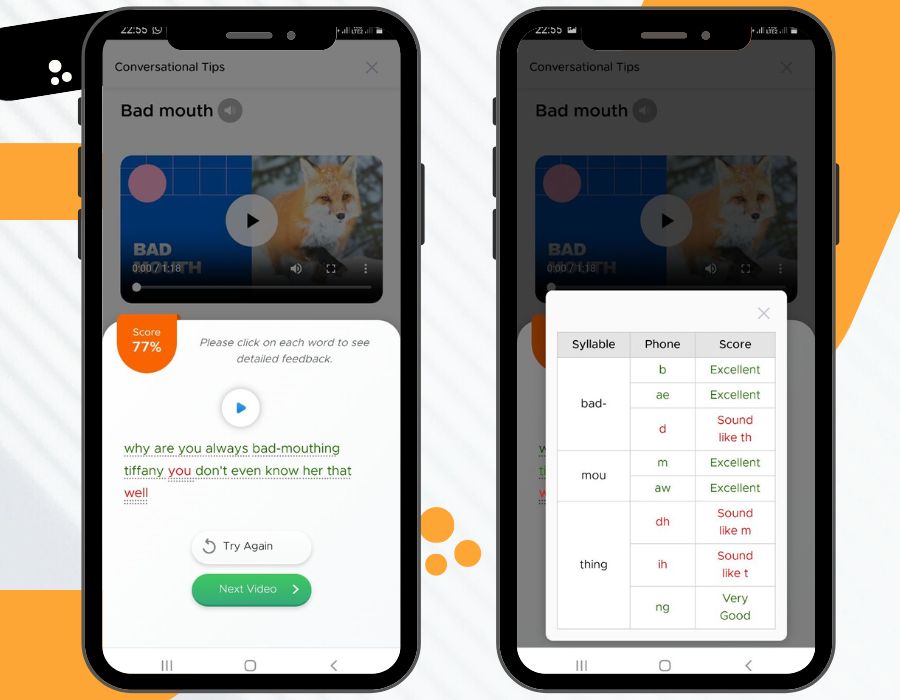
Imagine a language learner, Ana, practicing English pronunciation late at night, her voice echoing in the quiet room. She speaks, and a virtual tutor responds instantly, guiding her towards perfect pronunciation. Pronunciation is a cornerstone of language mastery, and with the advent of interactive learning through pronunciation apps, mastering it has never been more accessible. These apps, equipped with chatbots and virtual tutors, offer a new dimension of engagement and immediate feedback, revolutionizing the way we learn languages.
The journey from language labs with cassette tapes to today’s smartphone apps reflects a significant evolution in language learning. Pronunciation apps have risen as a vital tool, filling the gap for learners who lack access to native speakers. These apps leverage cutting-edge technology to offer real-time feedback on pronunciation, a feature once available only in classrooms or language labs.
Chatbots, powered by artificial intelligence, simulate natural conversation, responding to user input with programmed understanding and reactions. Virtual tutors, on the other hand, employ speech recognition to analyze spoken language, providing corrections and tips to refine the learner’s pronunciation. This immediate feedback loop allows learners to make instant adjustments, a practice critical to developing accurate speech patterns.
Interactive tools captivate learners, offering a more engaging experience than traditional study methods. The flexibility to practice anywhere at any time is invaluable, and the customization of learning experiences ensures that each session meets the learner’s unique needs and pace.
A typical interaction with these tools might involve the learner pronouncing a phrase and the chatbot evaluating the speech, highlighting areas for improvement. This real-time correction enables learners to adjust immediately and try again, reinforcing correct pronunciation patterns. Additionally, these tools often include features to track and visualize progress over time.
In the realm of pronunciation apps, user testimonials frequently highlight significant strides in accent refinement and burgeoning confidence in speech. A notable example is ChatterFox, an app specifically designed for those aiming to master the nuances of the American accent. Users have reported considerable improvements, noting that the app’s tailored exercises and immediate feedback have been instrumental in their progress. These reports are more than just anecdotal; they are supported by data that demonstrate the app’s effectiveness. ChatterFox employs innovative techniques to help users fine-tune their pronunciation, contributing to the app’s reputation for delivering tangible results in accent reduction.

Despite their benefits, these tools are not without challenges. Speech recognition technology, while advanced, is not infallible and can sometimes provide inaccurate feedback. Moreover, not all learners have equal access to these technologies, and there’s a risk that users may become too dependent on technology, neglecting the benefits of human interaction in language learning.
Future advancements promise even more sophisticated chatbot and virtual tutor capabilities. There’s potential for a hybrid model where these tools supplement traditional language instruction. The reach of these technologies is expanding, promising support for an increasingly diverse array of languages and dialects.
Chatbots and virtual tutors in pronunciation apps have shown immense potential in aiding language learners. They represent an innovative step in the language learning process, and their adoption can empower learners and educators alike. As technology progresses, it will continue to play an integral role in the pursuit of linguistic proficiency and accent mastery.